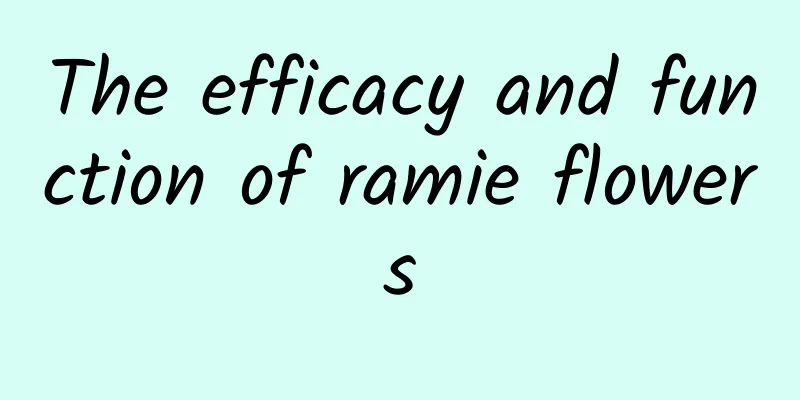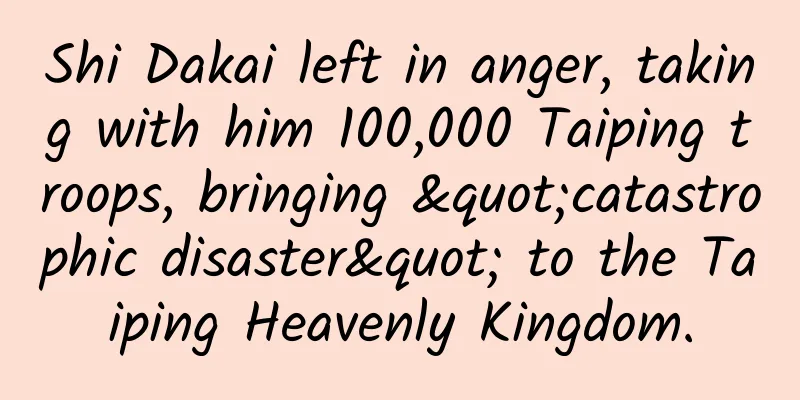How Tingo is changing the travel and retail industries

|
The industry is watching TripAdvisor's recently launched Tingo site, but more and more companies in the industry are giving the site negative reviews. Tingo's selling point is that it builds what people call "features" into its product: If the price of a hotel room drops, the site will refund the difference to users. Whether this site can gain momentum is a question of fact, as various products like Orbitz Price Assurance, Yapta and TripIt Pro offer the same price difference refund policy. None of the three sites have figured out the right model, and Tingo becomes the fourth site to try this price difference refund model. If a company eventually succeeds with this model, its impact could extend beyond tourism to other sectors. Obviously, there’s been a lot of discussion in the travel industry about this model, and there are a lot of companies in the retail industry who are looking at this model. What is the reason? If Tingo succeeds, it's easy to infer that the retail industry will usher in a dramatic change. Although it is not an original product, Tingo's success will lead us to a unique path. Although Tingo is different from other sites in many ways, it has created a new expectation for travel consumers: no matter when you book your travel, you are guaranteed to get the lowest price. Whether or not this scenario comes true, it is certainly relevant - public perception leads to expectations, which in turn lead to consumer demand for price consistency, and price consistency means the establishment of new industry standards. This potential new rule has interesting implications: what changes will occur in the industry when travel suppliers generally adopt the "Refunds for Price Drops" model? Before we can answer this question, we need to assume that Tingo is a huge success. Although the site is relatively new, we can jump to the conclusion that Tingo is taking market share from OTAs and other providers, sparking a strong reaction from competitors. The hotel inventory on Tingo is provided by Expedia, so we can assume that the largest company in the online travel industry will adopt this successful model. If Expedia does this, it is believed that many OTAs will follow suit and adopt Tingo’s model in the near future. As a result, independent hotels are likely to follow suit, as their value proposition will no longer be based on price, so we predict that they will also adopt Tingo's model. If Tingo succeeds in the hotel sector, it is not hard to imagine that almost all companies will apply this model to other travel products, such as flights, car rentals, and cruises, etc. The commoditization trend of the online travel market will be further strengthened (according to yStats, the size of the online travel market accounts for 1/3 of the international travel market). For consumers making travel reservations, customer service and user experience become the only real factors. Now, based on this model, any travel supplier can make a booking immune to price drops. What we need to think about is how this will affect suppliers who set the actual price points, i.e., yield management. Revenue management has been the holy grail of the travel and hospitality industry for many years. Managers will coordinate the following factors: inventory, demand curves, rack rates, best available rates (BAR), revenue per available room (RevPAR), occupancy, check-in/flight/ride times, promotions, discounts, prepaid rates, ambiguous rates, blended rates, rate parity, cancellations, price difference refunds, incentive programs, OPEC, seasonality and advance booking rates, etc. When setting the price for a travel product, suppliers need to consider many factors. Pricing is a combination of science and art. If Tingo is successful, revenue management teams will need to figure out how they should approach this model. They can find simple solutions, such as “stopping price fluctuations” so that the company no longer needs to manage revenue. Most revenue managers will tell us that if you keep the price point flat, the value will be reduced relative to the company's future profits. However, if travel has become a commodity, and websites automatically refund the difference when prices drop, meaning companies don’t make any money, then why bother pursuing long-term profits? How do revenue management teams cope when they have lost their most powerful weapons (price adjustments and time)? Air travel is a little different from other areas of the travel industry in that last-minute products are not always the best prices. Revenue managers will take advantage of the prepayment model, but they usually only react when competitors' prices drop. Regardless, we think that if Tingo succeeds, all travel suppliers will need to adjust their strategies. So let's assume that all travel product pricing is static. Suppliers offer a single price for a single product, and that price remains constant over time. Let's also assume that this pricing strategy is highly successful. Can we also assume that the retail industry won't notice this success? To some extent, companies in the retail industry have already begun to do this, although they are not yet professional enough. The reality in retail Retail tactics include price matching, 110% price guarantees, displaying prices but offering deep discounts, minimum advertised prices (MAP) from manufacturers (like Apple), and anything that makes you feel like your purchase is guaranteed to drop relative to the price. Unless prices never come down. All of these marketing methods are designed to restore our confidence in buying and to allay our fears of being overpriced or a scam. You can imagine a consumer market where this doesn't happen. In this respect, the retail industry is very different from the travel industry because retailers do not typically deal with limited inventory and do not have a long booking window. Most retailers consider factors such as store inventory, warehouse inventory, competitive pricing, revenue and merchandise gross profit return. If they need more product, they can contact the manufacturer and they will deliver it. If the manufacturer doesn't have the product in stock, they will produce more. These models are definitely not exactly the same, but the structure is similar. The retail price difference refund model is different from Tingo's automatic price difference refund model, and the difference is left for consumers to discover. Use an app that searches for competitors to scan a product in-store. You can show customer service the lower price you found, and most big box stores will have the product for the lower price. Imagine buying a new TV and seeing a $100 credit on your credit card statement 90 days later because the TV dropped in price by $100. Are you more likely to buy a TV in a store that offers these services? Forcing retailers to use such a policy is not practical, like moving an iceberg with your bare hands. Although we support and prefer this model, for it to succeed in the retail industry, retailers need to realize the benefits it brings to them. I was once talking to a revenue manager in a hotel room and he said: "Why would we price it at $250 if consumers are willing to pay $350?" Tingo is another company that is challenging this old-fashioned idea, but it could bring benefits. I’m not sure I’m a fan of Tingo, but I’m excited to see where it leads. In a period of time, we will imagine that business will no longer depend on how much some people are willing to pay for a certain product, but on a fair and economically sound assessment of the cost of the product, labor costs, and a reasonable profit? You can dream of such a market, and when you return to reality, you find that your spending as a consumer is still determined by how much you are willing to pay for the product. But if this small travel brand can survive for a short period of time, then this dream will come true, right? via: traveldaily |
<<: Shangdao: Research report on women's online consumption behavior of Taobao luggage in Q4 2011
>>: Social e-commerce, reality or myth? – Data infographic
Recommend
What are the recipes for Polygonum multiflorum to treat gray hair?
Today, we can see many people with "prematur...
The efficacy and function of iron powder
We know that there are many kinds of Chinese medi...
The efficacy and function of seven leaves
Seven leaves are a famous traditional commonly us...
World Octopus Day | A lot of synonyms, eyes on the waist... The ancients' understanding of octopuses is really funny
October 8th is International Octopus Day. What? O...
The efficacy and function of schisandra chinensis
Yam Bean Seed is a commonly used medicinal materi...
The efficacy, effects and contraindications of Chinese medicine Polygonum cuspidatum
Polygonum cuspidatum, also known as sour cabbage ...
The efficacy and function of red stem scutellaria
As people's living standards continue to impr...
The efficacy and function of jujube root
We can often see sour jujube roots in daily life,...
How to drink Cistanche deserticola in water
We know that there are many ways to maintain heal...
Does Panax notoginseng eliminate warts?
Panax notoginseng is a common Chinese medicinal m...
MarketingCharts: In the second half of 2012, Google Shopping was 32% more effective than Amazon Product Ads
2013.02.25@MarketingCharts Recent survey data fro...
These 4 types of foods don’t taste salty, but they have such high sodium content? !
If your blood pressure is high, eat less salt - t...
The efficacy and function of red palm wood
Red palm wood is a kind of traditional Chinese me...
The efficacy of drinking Houttuynia cordata water
Houttuynia cordata is a very common Chinese herba...
Carbon dioxide can be used to make plastics? You heard it right!
Author: Li Chuanfu Shi Xiangqi As the global clim...









